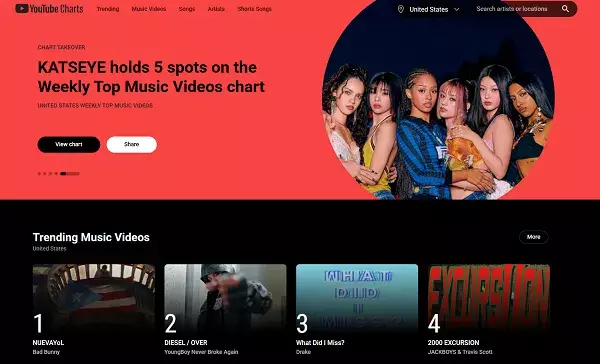In an era where digital content consumption is more fragmented and personalized than ever, YouTube’s decision to overhaul its trending feature signifies a strategic move to prioritize tailored, niche engagement over broad virality. Historically, the platform’s Trending page served as the flagship hub for viral videos, guiding viewers toward what was buzzing globally. However, as the digital ecosystem evolved, so did user behaviors—becoming more sophisticated, diversified, and deeply rooted in specific communities. Recognizing this, YouTube’s transition from a singular trending list to category-specific charts reflects an understanding that modern viewers want content that resonates with their unique interests and subcultures.
This approach is not merely a cosmetic change but a conscious effort to deepen user engagement by surface more relevant content. Instead of chasing fleeting viral hits, the platform is emphasizing a more nuanced view of popularity—one that acknowledges the micro-trends thriving within distinct communities such as music, gaming, or fashion. This pivot aligns with contemporary content consumption patterns where discovery happens across multiple touchpoints: recommendations, comments, Shorts, and community posts. YouTube’s acknowledgment of this shift demonstrates a more mature understanding of its diverse user base and a move away from an outdated, one-size-fits-all model.
Implications for Content Creators and Viewers
For creators, this transition presents both a challenge and an opportunity. With traditional trending lists becoming less prominent, creators whose content previously relied on high visibility within broad trend sections may need to adapt their strategies. The emphasis on niche categories suggests that success could now hinge on cultivating dedicated audiences within specific verticals. Those who master engaging their communities effectively—be it gamers, music aficionados, or documentary enthusiasts—stand to benefit from more targeted discovery pathways.
Viewers, on the other hand, will likely experience a more personalized and relevant browsing environment. Instead of sifting through a vast, one-dimensional Trending page, they’ll find curated charts that highlight the most popular videos within their preferred categories. This refinement aims to reduce content fatigue and increase satisfaction by showcasing what truly interests them. Moreover, YouTube’s assurance that personalized recommendations will remain central indicates a future where discovery is driven more by individual viewing habits than generic trend spikes.
However, this shift also raises questions around the potential narrowing of exposure. Without the broad “Trending” spotlight, less mainstream or emerging creators may find it harder to gain visibility. While category-specific charts can illuminate major players within niche spaces, the absence of a universal trending front may inadvertently silo discovery, favoring established creators and communities. This could impact the platform’s diversity of content and make it harder for new voices to break through the noise.
The Broader Strategy: Fostering Ecosystems of Focused Engagement
YouTube’s decision isn’t just about technical changes; it signals a broader philosophical shift towards fostering a more engaged, community-centric ecosystem. By emphasizing category-specific charts, the platform is incentivizing viewers to delve deeper into their interests, transforming passive scrolling into meaningful exploration. This aligns with the rise of micro-trends and niche content that thrive within specialized subcultures online, offering a richer and more sustainable growth model for content creators.
The continued prominence of dedicated spaces like the Gaming Explore page further underscores YouTube’s recognition that certain communities generate significant engagement. Maintaining these specialized hubs ensures that key interest groups remain vibrant and influential. Meanwhile, integrating trending metrics within categories rather than on a platform-wide front allows YouTube to balance broad visibility with specialized relevance.
Yet, this approach runs the risk of reducing spontaneous viral moments—those unpredictable hits that can catapult creators into stardom overnight. If trending becomes more compartmentalized, the thrill of discovering unexpected content may diminish. Nevertheless, the long-term benefit lies in cultivating a more engaged user base that spends more meaningful time on content aligned with their passions. This could ultimately lead to a more loyal, active community that values quality and relevance over fleeting popularity.
In essence, YouTube’s strategic shift is less about consolidating power within a single trending list and more about cultivating diverse, focused ecosystems of content discovery. As users increasingly seek personalized, community-driven experiences, the platform’s move towards niche charts seems well-positioned to meet these evolving expectations—if executed thoughtfully. The real question remains whether this transformation will foster greater creativity and inclusion or entrench existing hierarchies within popular niches, shaping the future of digital content in profound ways.

